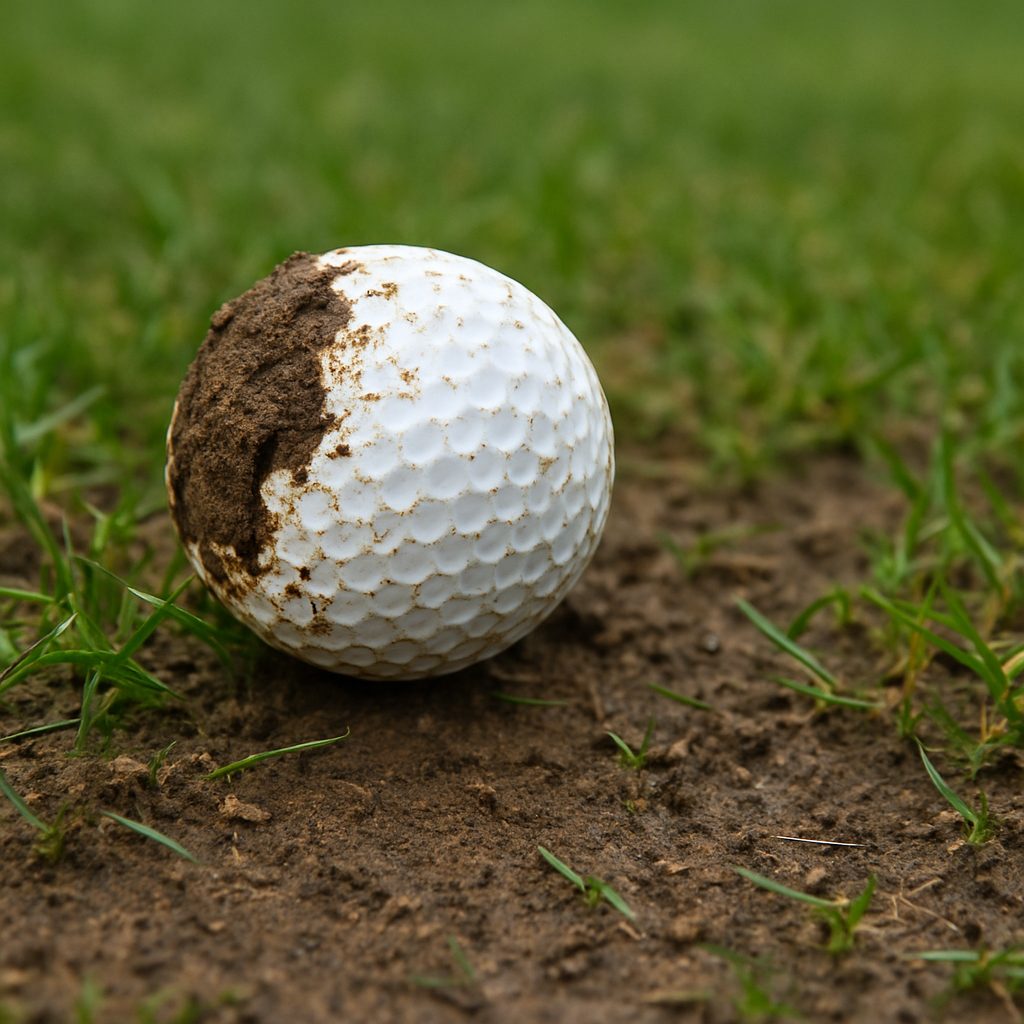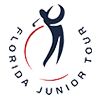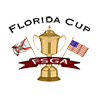Written by: Darin Green, Senior Director of Rules & Competitions
Florida golf enjoys beautiful weather most of the year, but from time to time, extreme conditions can wreak havoc on a course. Heavy rain may leave fairways saturated, equipment may not be able to mow, or large portions of turf may be damaged. In such cases, the Committee has the authority to implement Model Local Rule E-3—commonly known as “Preferred Lies” or “Lift, Clean, and Place.”
 When Can the Local Rule Be Used?
When Can the Local Rule Be Used?
This Local Rule is designed to provide fair play when course conditions are abnormal across multiple holes. The Committee decides if and when to adopt it, but it must always be announced before a stroke-play round begins. Once play is underway, it cannot be added in the middle of a round. (In match play, however, it can be implemented between the play of two holes.)
In high school or college events, the “Committee” may be the host professional or even the coaches together. At FSGA championships, the decision is always made by the FSGA Rules Committee.
What Areas of the Course Does It Apply To?
The Committee must clearly define the scope of the Local Rule. Typically, it is limited to “areas of the general area cut to fairway height or less.” In other words, fairways, fringes, and other teeing grounds. It is not recommended for rough, bunkers, or penalty areas, since those places are designed to test players differently.
How Big is the Relief Area?
When using lift, clean, and place, the Committee must also state how far the ball may be moved. The relief area should be something easy to measure. Many programs use a scorecard length or six inches. At the FSGA, we always use one club-length—providing consistency and simplicity for competitors.
Key Reminders for Players
- The ball must be placed by hand, not dropped or rolled into place.
- A ball may only be placed once.
- You may substitute another ball if you wish; the original ball does not need to be used.
- If your ball is on the edge of the fairway, you may place it into the rough—provided it stays within your allowed relief area and is not nearer the hole. Both fairway and rough are part of the “general area.”
- However, if your ball is on the fringe, you cannot place it onto the putting green, since the green is not part of the “general area.”
- Marking your ball before lifting it is not required, but it’s always a good habit to avoid any questions about placement.
- Rounds played with lift, clean, and place still must be posted to your GHIN handicap account.
Sample Language for Implementation
When announcing the Local Rule, Committees should use clear, standard language such as:
“When a player’s ball lies in a part of the general area cut to fairway height or less, the player may take free relief once by placing the original ball or another ball and playing it from this relief area:
- Reference Point: Spot of the original ball.
- Size of Relief Area: One club-length from the reference point, not nearer the hole and in the general area.”
Final Thought
Lift, clean, and place should always be used sparingly and only in extreme conditions. But when implemented properly, it allows players to compete fairly while protecting the integrity of the game.





